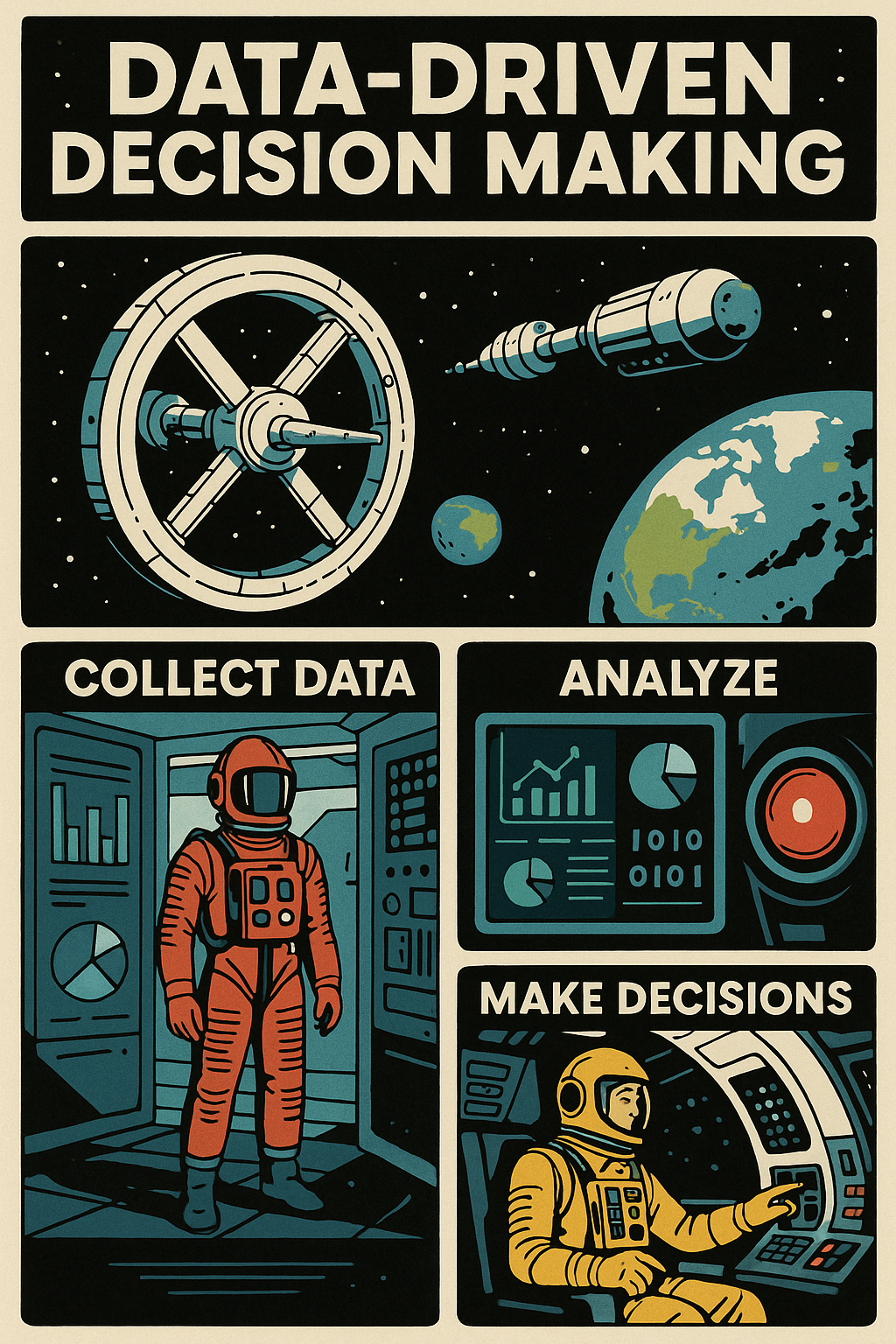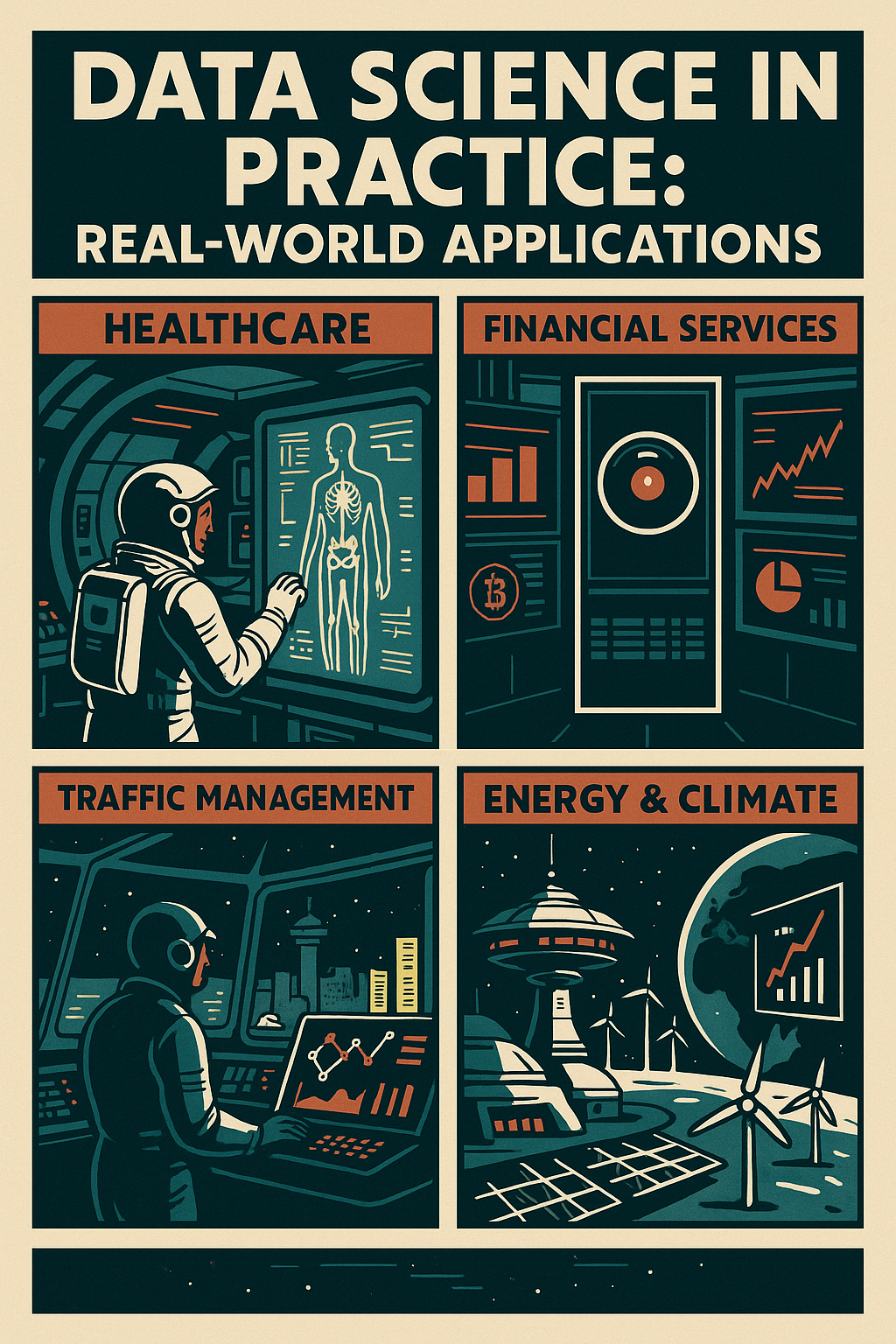
The Art and Science of Data-Driven Decision Making
Data-driven decision making has become a mantra in modern business, with organizations collecting and analyzing vast amounts of data to inform their strategies and operations. However, truly effective decision making requires more than just data—it requires a thoughtful integration of data insights with human judgment, domain expertise, and strategic thinking. In this post, I'll explore the art and science of data-driven decision making and share strategies for finding the right balance.
At its core, data-driven decision making involves using data and analysis to inform business decisions rather than relying solely on intuition, experience, or opinion. This approach has numerous benefits, including reduced bias, greater objectivity, and the ability to identify patterns and opportunities that might not be apparent through intuition alone.
For example, at HP Tech Ventures, our data-driven approach to evaluating startups involved analyzing over 50,000 data points related to market trends, team composition, financial metrics, and other factors. This allowed us to identify promising investment opportunities with greater accuracy and objectivity than would have been possible through subjective assessment alone.
However, data-driven decision making is not about blindly following what the data says. It's about using data as one input—albeit an important one—in a decision-making process that also incorporates human judgment, domain expertise, and strategic considerations.
One of the key challenges in data-driven decision making is knowing what data to collect and analyze. With the proliferation of data sources and analytics tools, it's easy to suffer from data overload or to focus on metrics that are easy to measure rather than those that are truly meaningful.
To address this challenge, it's important to start with clear business questions or objectives and then determine what data would be most relevant for addressing those questions. This ensures that data collection and analysis are aligned with business priorities rather than becoming ends in themselves.
Another important aspect of data-driven decision making is understanding the limitations and potential biases in your data. No dataset is perfect, and all data collection and analysis methods have inherent limitations and potential biases. Acknowledging these limitations and considering them in your decision-making process is essential for making sound judgments.
For instance, when analyzing customer feedback for Beats by Dre, we recognized that online reviews might overrepresent customers with very positive or very negative experiences, potentially missing the perspectives of customers with more moderate views. To address this, we supplemented our analysis of online reviews with surveys and focus groups to get a more balanced view of customer sentiment.
Effective data-driven decision making also requires a culture that values data and analysis while also recognizing the importance of human judgment and expertise. This means creating processes that incorporate both data insights and human perspectives, fostering collaboration between data scientists and domain experts, and encouraging critical thinking about both data and its implications.
In my experience, the most successful data-driven organizations are those that strike the right balance between data and human judgment, using data to inform and enhance decision making rather than replace human involvement. By combining the power of data and analytics with human creativity, intuition, and expertise, these organizations are able to make better decisions and achieve better outcomes.

